Consumer Awareness and Education
In recent years, there has been a notable increase in consumer awareness regarding the environmental impact of textile production. This heightened awareness is driving demand for sustainable fabrics in Europe, as consumers become more informed about the benefits of eco-friendly materials. Educational campaigns and initiatives by non-governmental organizations have played a crucial role in disseminating information about the advantages of sustainable fabrics. As a result, consumers are increasingly seeking products that align with their values, leading to a potential market growth of 25% in the sustainable fabrics sector by 2026. This shift in consumer behavior indicates a strong preference for transparency and ethical sourcing, compelling brands to adopt sustainable practices in their offerings. Consequently, the sustainable fabrics market is likely to expand as brands respond to this growing demand for responsible consumption.
Regulatory Support for Sustainability
The sustainable fabrics market in Europe benefits from robust regulatory frameworks aimed at promoting environmentally friendly practices. The European Union has implemented various directives and regulations that encourage the use of sustainable materials in textiles. For instance, the EU's Green Deal aims to make Europe climate-neutral by 2050, which includes initiatives to reduce the environmental impact of the textile industry. This regulatory support is likely to drive innovation and investment in sustainable fabrics, as companies seek to comply with stringent environmental standards. Furthermore, financial incentives and grants for sustainable practices may enhance the market's growth, potentially leading to a projected increase in the adoption of eco-friendly materials by 30% by 2027. Such supportive policies create a conducive environment for the sustainable fabrics market, fostering a shift towards greener alternatives.
Investment in Sustainable Supply Chains
Investment in sustainable supply chains is becoming a critical driver for the sustainable fabrics market in Europe. Companies are increasingly recognizing the importance of establishing transparent and ethical supply chains that prioritize sustainability. This shift is often motivated by consumer demand for accountability and the need to mitigate risks associated with environmental degradation. Investments in sustainable sourcing, production, and distribution practices are expected to enhance the overall efficiency and sustainability of the textile industry. It is estimated that the sustainable fabrics market could see an investment increase of 40% in sustainable supply chain initiatives by 2025. Such investments not only contribute to environmental goals but also improve brand reputation and consumer trust, further propelling the growth of the sustainable fabrics market.
Corporate Social Responsibility Initiatives
Many companies in Europe are increasingly adopting Corporate Social Responsibility (CSR) initiatives that emphasize sustainability in their operations. This trend is particularly evident in the fashion and textile industries, where brands are committing to ethical sourcing and sustainable production practices. By integrating sustainability into their business models, these companies not only enhance their brand image but also respond to consumer demand for responsible practices. The sustainable fabrics market is likely to benefit from this shift, as brands that prioritize CSR are expected to capture a larger market share. Reports suggest that companies with strong sustainability commitments can experience up to a 15% increase in customer loyalty. As more brands embrace CSR, the sustainable fabrics market is poised for growth, driven by a collective effort to create a more sustainable future.
Technological Advancements in Fabric Production
Technological innovations are transforming the sustainable fabrics market in Europe, enabling the development of new materials and production processes that minimize environmental impact. Advances in biotechnology, such as the use of bio-based fibers and dyes, are gaining traction, allowing manufacturers to create sustainable fabrics with reduced water and energy consumption. Additionally, innovations in recycling technologies are facilitating the repurposing of textile waste into new fabrics, thereby promoting a circular economy. The integration of these technologies could potentially lead to a 20% reduction in the carbon footprint of fabric production by 2028. As these advancements continue to evolve, they are likely to enhance the competitiveness of sustainable fabrics, making them more appealing to both manufacturers and consumers alike.


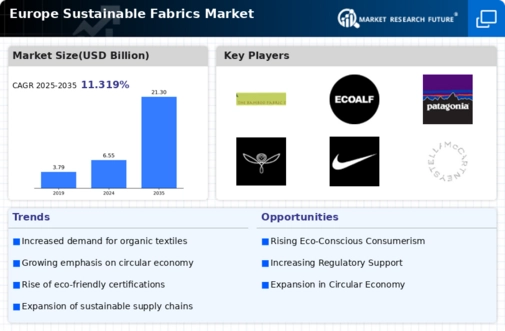
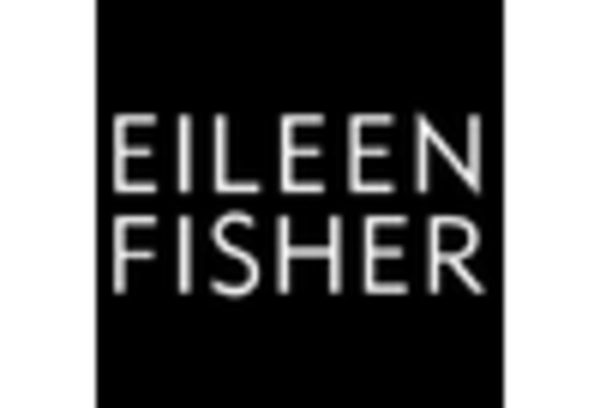
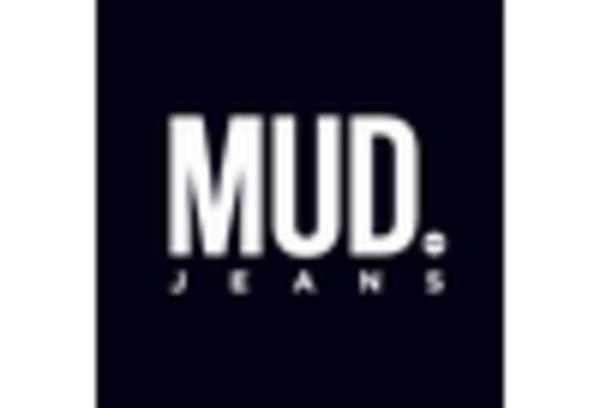
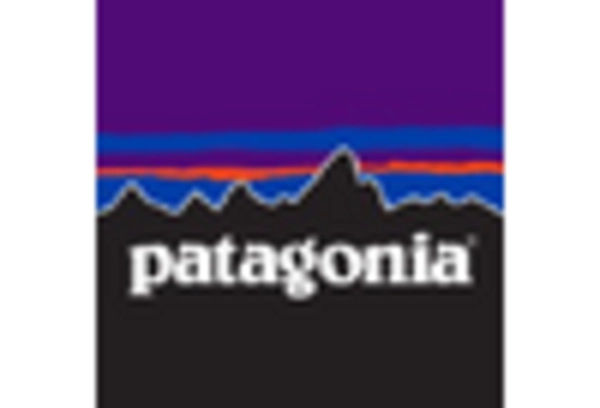
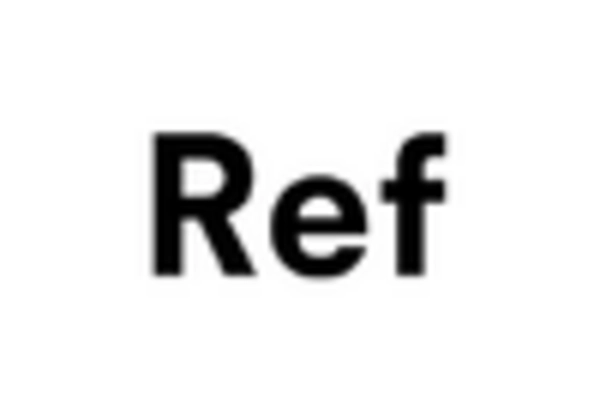
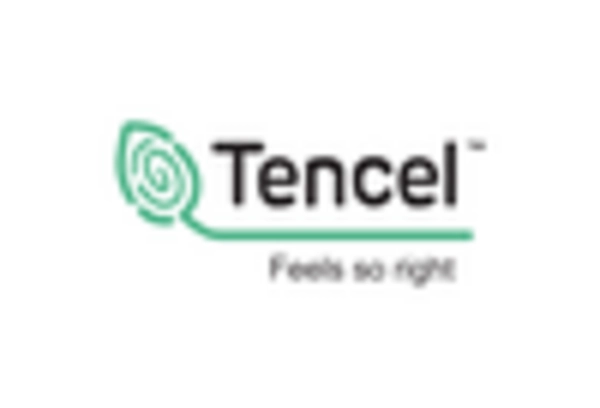
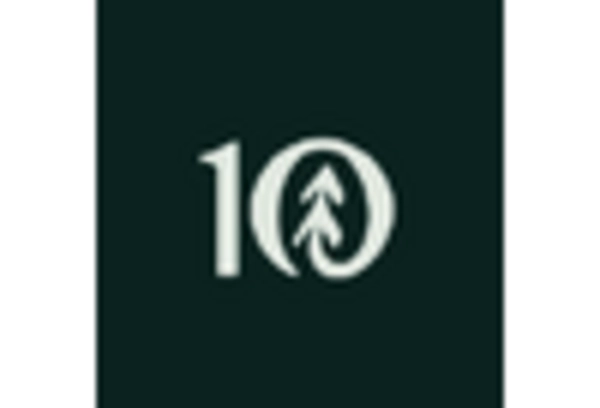








Leave a Comment